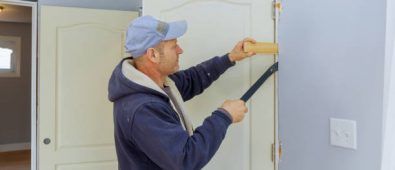Before beginning the procedure of remodeling your new residence, much planning and attention are required. When renovating a new home, you must take into account not only the decor but also the plumbing work and a variety of other factors.
If you proceed to remodel your house without making the necessary arrangements, it can be frustrating and problematic. A malfunctioning plumbing system could result in more leaks.
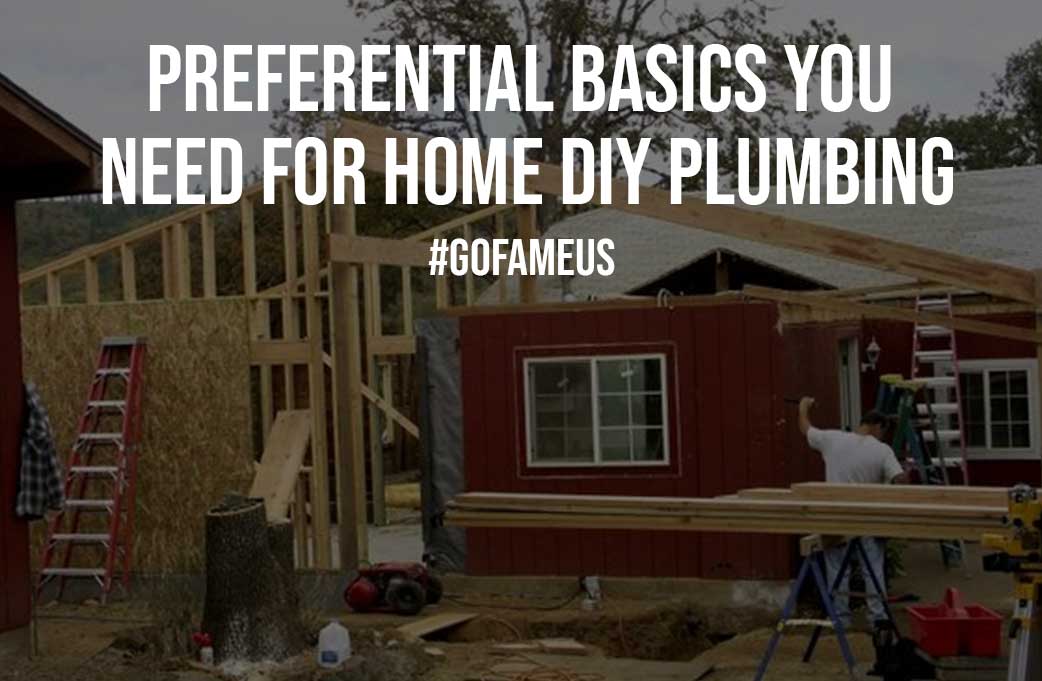
To avoid difficulties, this article will give you the needed basics for your home remodeling DIY.
1. Get a Permit
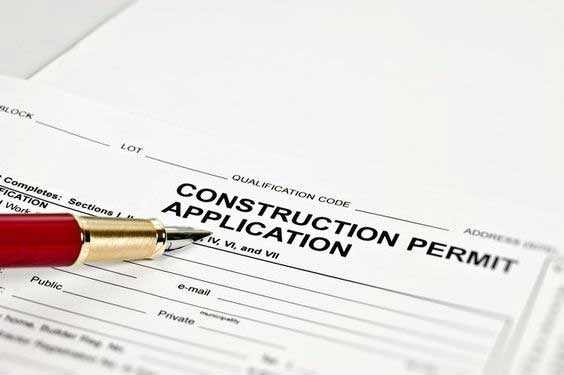
The first step in establishing a plumbing system is to get the necessary permits. It may take a little time to execute things, but obtaining permits will help make sure that your property complies with all applicable codes and safety regulations.
A license allows experts to inspect and verify any flaws in your plumbing system and avoid potential pipe breakdowns for your and your family’s safety.
Also Read: How to Prevent Mould Growing in your Home?
2. Consider Your Plumbing Requirements

When building the plumbing system, it’s best to think about your ongoing and prospective plumbing requirements. To ensure operations, you must decide the location of your drain lines, plumbing, and sewer will be built.
Integrate all current and future water requirements into your plumbing system while you still have easy access to it to avoid future repair costs. Know the type of materials you need. There are many in the market such as TUBOMART pex which you can use in your DIY plumbing project.
Evaluate your external plumbing requirements to make sure that you have sufficient external plumbing faucet connectors to use throughout your home. Contemplate the seasonality as well to ensure that your pipes are durable and will last through harsh weather.
3. Locate Your Shut-Offs
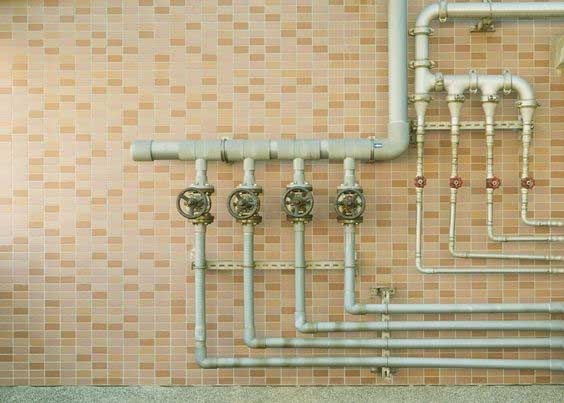
This is a significant issue. Even if it’s only fixing your bathroom seats, you must locate all of your cutoff valves and understand what they regulate before beginning any plumbing DIY project. You can even have shut-offs for every toilet if you have a great system that was constructed with care.
The majority of these valves are in the cellar, however, some may be buried behind entrance panels. If you’re not sure which particular valve does, simply turn all of them off and begin turning each on while flushing toilets.
Above all, know where the master shutoff is at all times. It’s normally where the building’s water line joins. Keep the quickest route to the shutdown in the subconscious mind. Eventually, you might be jolting there.
4. Know Your Residence
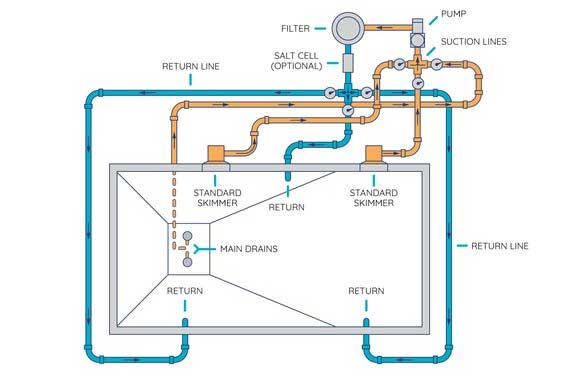
It’s a good idea to acquire a concept of your plumbing system as a whole before commencing any plumbing DIY project, no matter how simple. Research and learn about basic plumbing ideas like how a vent pipe works, the size that your drain lines should be, and how much pitching a waste pipe requires. Then try to map out your plumbing in your own home using what you’ve learned.
Determine which walls contain pipes and where the primary waste line exits the property. The more data you possess, the less daunting everything will become—and the more easily you will be able to fix any issues.
5. Begin with a Comprehensive Toolkit
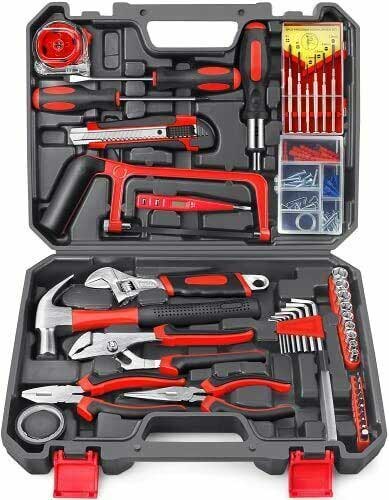
You should get extra tools than you require. Beginning any plumbing project with a full set of plumbing tools is advantageous. There is nothing more aggravating than mid-way through a project and realizing you need to run to the hardware store for a tool. So, before wearing your work gloves, double-check that you have everything you might need, plus some.
Create a list, know what you need, and ask any experts for advice on what you need before starting your DIY projects. If you cannot afford the needed tools, you can borrow some from your neighbors and return them once you are done with your project.
6. Budget For Everything
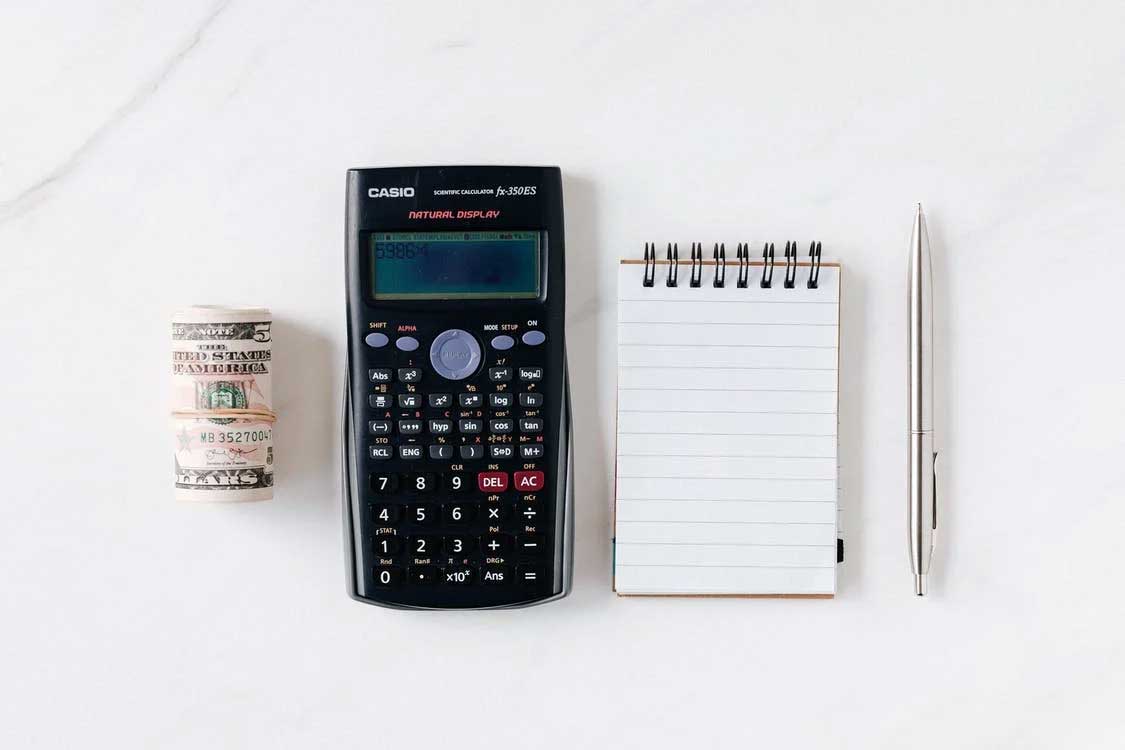
Home renovations require some sort of financial investment. You’ll need to create a budget beforehand for everything the project will need and know what you are working with. If you do not have enough finances for the entire house, subdivide the project into sections to avoid overspending.
Also Read: Benefits of Engaging a Chilliwack Home Inspector
The Bottom Line
Installing new plumbing pipes in the future can be pricey. Avoid wasting money by verifying that the plumbing system in your new house is designed to suit all of the present and future plumbing requirements! Make sure you have a security license, know your requirements, locate your shut-offs, understand your home structure, get a Starter toolkit, and budget for everything.




